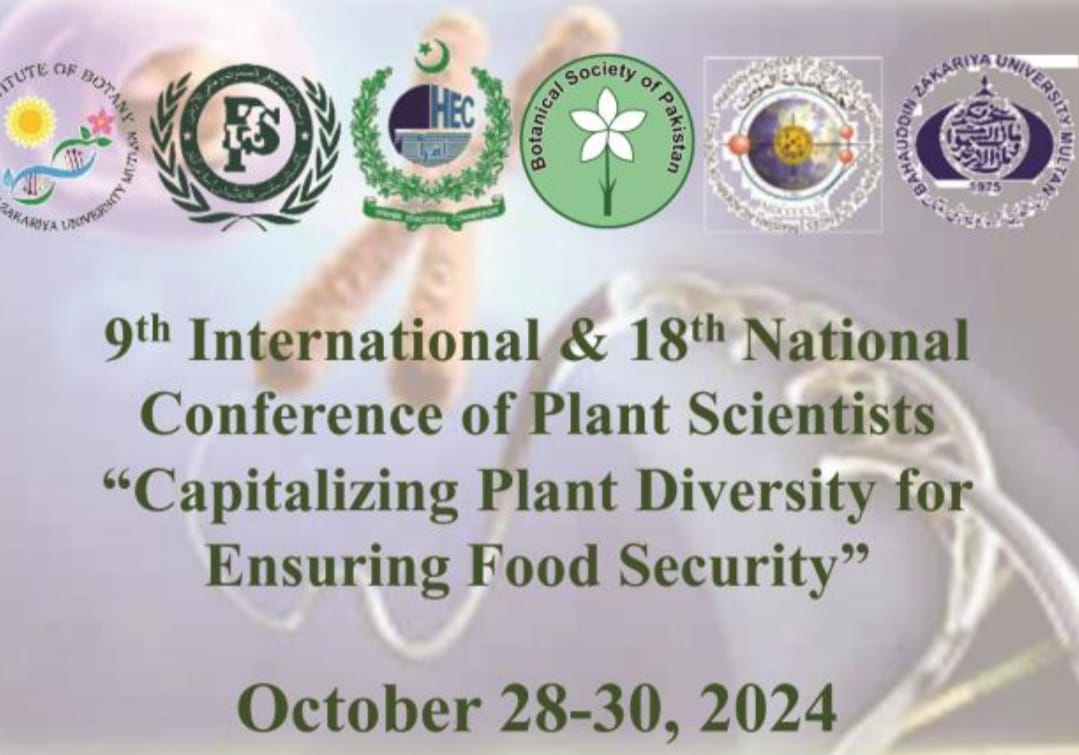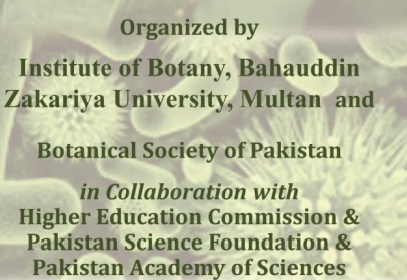
PJB-2025-235
DNA BARCODING OF THE BERGENIA STRACHEYI FROM AZAD JAMMU AND KASHMIR (AJK) MZD.
tayyeba maqsood
Abstract
- ABSTRACT
Background: DNA barcoding is impending towards the generation of universal standards for species discrimination with a standard gene region that can be sequenced accurately and within short span of time. The genus Bergenia is a perennial herb that is evergreen and a member of the Saxifragaceae family. The majority of people in Kashmir harvested and dried the rhizomes of Bergenia, which are stored for long term use. In Pakistan, two distinct species of Bergenia, specifically Bergenia ciliata and Bergenia stracheyi, have been documented. This plant is highly medicinal and comprises a lot of bioactive compounds, but an essential chemical component of the species is bergenin. The extraction of genomic DNA that can be amplified by PCR has become a crucial prerequisite. As a result of the known existence of polyphenols and polysaccharides in medicinal plants, the isolation of high-quality DNA presents a significant challenge.
To achieve this, high-quality DNA was extracted from Bergenia species and subjected to PCR amplification using both non-protein-coding (ITS) and protein-coding (rbcL, MatK) primers. These DNA samples were obtained from specimens gathered from three different locations having sub alpine zones within AJ&K, Pakistan with the leaves serving as the primary source of genetic material.
Result: The consensus length of the ITS gene in B. stracheyi included 513 base pairs. Out of 513 sites, 487 (94.9%) were conserved and 26 (5.06%) were variable characters, with 18 parsimony informative and 8 singleton variables having the best fit model: JC 1195.470 BIC and 1239.676 BIC values, respectively. To establish the phylogenetic relationships of these Bergenia species, phylogenetic trees were constructed, revealing a remarkable 99% to 100% sequence similarity with their corresponding species in publicly available databases. Both the BOLD and GenBank databases were utilized to validate the query sequences. More specifically, B. ciliata exhibited an average genetic divergence of 0.008%, accompanied by a mean nucleotide divergence within the species of 0.003%. The intraspecific divergence of B. stracheyi samples varied from 0.000 to 0.081, suggesting a comparatively high degree of inter-specific distance. When it comes to the success rates of amplification for different molecular markers, the overall success rates were 99% and 85% for rbcL and ITS, respectively. However, matK did not yield any amplification, resulting in a zero success rate. Consequently, based on these findings, rbcL is recommended as the most reliable plant barcode among potential molecular markers for Bergenia species. It would be a useful study to understand the evolutionary relationship, sketched in emigration, mislabeling and can be a probable assessment for its biodiversity.
Keywords: Phylogenetic, ITS, rbcL, matK
To Cite this article:


